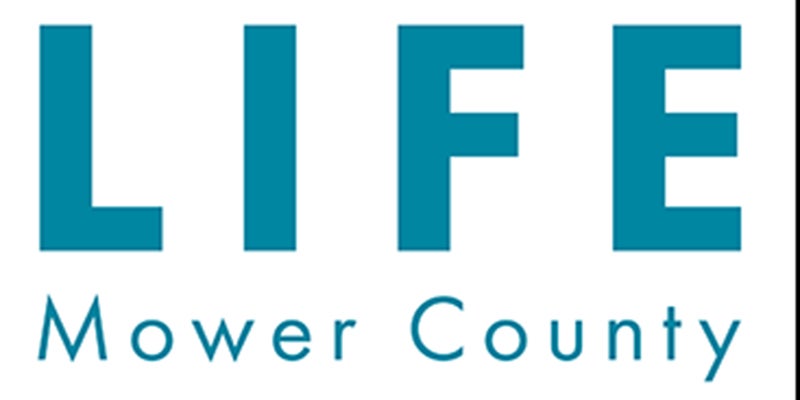Opinion: Dayton’s tax proposal is a camouflaged increase
Published 10:58 am Friday, February 22, 2013
If you’re running a state and you want to increase revenues, you’re in a real pickle. Your revenues come from taxes, and no one likes taxes.
Nobody wants to pay more income tax.
Nobody wants to pay more property tax.
Nobody wants to pay more sales tax.
Nobody wants to pay more for anything.
So how do you increase taxes by billions of dollars? Camouflage.
What Minnesotans are seeing — but maybe looking right past — this winter is one of the greatest tax increase camouflage jobs ever. Gov. Mark Dayton has proposed to increase state sales tax revenues by more than $2 billion, but wrapped the increase up so cleverly that it looks on the surface like a decrease.
The first layer of camouflage is the governor’s proposal to reduce the state’s basic sales tax rate from 6.875 percent to 5.5 percent. This sounds pretty good, even though the plan also calls for taxing almost every sort of service, from hair cuts to accounting to YMCA memberships.
Most Minnesotans probably figure they come out OK with this plan. And the governor has been working hard to reinforce that assumption. The Department of Revenue has put out a graphic showing simulated sales receipts that suggest a typical shopping trip would actually cost consumers less under the governor’s plan.
And, as long as Minnesotans don’t buy many over-the-counter medicines or clothes that cost more than $100, that’s true. The governor’s office doesn’t show receipts for hair cuts, tax preparation, auto repairs, legal fees or any of the hundreds of services that will be newly taxed. Still, even if service taxes are figured in, the Department of Revenue calculates that direct sales tax on consumers will decrease $146,135 over two years.
So where does that $2 billion in extra sales tax revenue come from? The Department of Revenue, in its sales pitch for the governor’s tax plan, says it will come from businesses paying taxes on the services they buy from each other.
That claim is true, in the same way it is true that bacon comes from the grocery store. But it’s sure not the whole story.
The reality is that if Minnesota businesses are collectively taxed an extra $2 billion every two years, that money has to come from somewhere — just like that bacon came from somewhere before the grocery store. And where’s it going to come from? From you, me and every Minnesotan. That’s where businesses get the money to pay their bills — from their customers.
Faced with a new expense, most businesses — whether it’s the local hair salon or a major manufacturer — have no choice but to pass it along to their customers because, contrary to what some may think, most don’t have extra money around.
Businesses that can’t pass the expense along have worse choices. They might miss a bank payment. They might have to reduce their costs, the largest of which is usually their workforce. If they’re public companies they may pass along weaker earnings to shareholders — in other words, you, me and a bunch of other Minnesotans.
Over the long term, businesses have one more choice: They can avoid Minnesota. Some may leave the state if new taxes make them uncompetitive. Others, looking for places to expand, may simply never come here — a loss for every Minnesotan.
The point of this column is not to argue about whether Minnesota needs more tax revenue, because it may well. The point is Minnesotans ought to know what they’re getting. What looks like a tax decrease for some would end up increasing everyone’s costs via a direct, inefficient path.
Hiding something with camouflage is perfectly understandable in some circumstances. But when the workings of a plan that is supposed to help the whole state are so carefully camouflaged, it’s enough to make anyone a bit suspicious.




